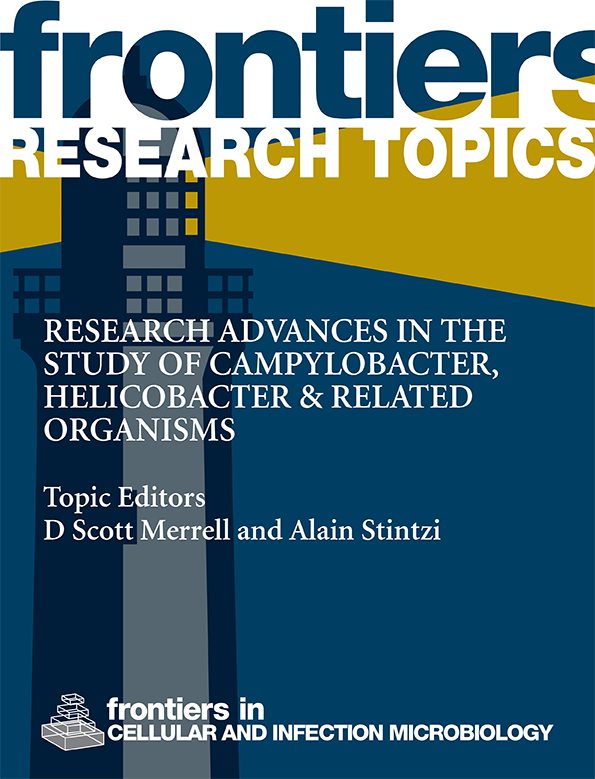Application of metagenomic next-generation sequencing for rapid molecular identification in spinal infection diagnosis
IF 4.6
2区 医学
Q2 IMMUNOLOGY
Frontiers in Cellular and Infection Microbiology
Pub Date : 2024-07-01
DOI:10.3389/fcimb.2024.1382635
引用次数: 0
Abstract
ObjectiveThis study aimed to determine the sensitivity and specificity of metagenomic next−generation sequencing (mNGS) for detecting pathogens in spinal infections and to identify the differences in the diagnostic performance between mNGS and targeted next−generation sequencing (tNGS).MethodsA total of 76 consecutive patients with suspected spinal infections who underwent mNGS, culture, and histopathological examinations were retrospectively studied. The final diagnosis of the patient was determined by combining the clinical treatment results, pathological examinations, imaging changes and laboratory indicators. The sensitivity and specificity of mNGS and culture were determined.ResultsThe difference between the two detection rates was statistically significant (在脊柱感染诊断中应用元基因组新一代测序技术进行快速分子鉴定
目的 本研究旨在确定元基因组下一代测序(mNGS)检测脊柱感染病原体的敏感性和特异性,并确定 mNGS 和靶向下一代测序(tNGS)在诊断性能上的差异。方法 回顾性研究了 76 例连续接受 mNGS、培养和组织病理学检查的疑似脊柱感染患者。结合临床治疗结果、病理检查、影像学变化和实验室指标确定患者的最终诊断。结果两者的检出率差异有统计学意义(p &p;lt;0.001),mNGS 的检出率明显更高(77.6% 对 18.4%)。mNGS 的平均诊断时间明显短于细菌培养(p&;lt; 0.001,1.65 天对 3.07 天)。mNGS 的敏感性和准确性明显高于细菌培养组(p< 0.001,82.3% 对 17.5%;75% 对 27.6%),而 mNGS 的特异性(42.9%)低于细菌培养组(p> 0.05,42.9% 对 76.9%)。对于 mNGS,脓液的敏感性、特异性、准确性和阳性预测值(PPV)均高于组织样本,而对于培养,组织样本的敏感性、特异性、准确性和 PPV 均高于脓液。在诊断肺结核(TB)方面,tNGS 的灵敏度和准确度均高于 mNGS(80% 对 50%;87.5% 对 68.8%)。此外,在诊断脊柱结核和鉴定耐药结核的抗生素基因方面,tNGS 优于其他方法。
本文章由计算机程序翻译,如有差异,请以英文原文为准。
求助全文
约1分钟内获得全文
求助全文
来源期刊

Frontiers in Cellular and Infection Microbiology
IMMUNOLOGY-MICROBIOLOGY
CiteScore
7.90
自引率
7.00%
发文量
1817
审稿时长
14 weeks
期刊介绍:
Frontiers in Cellular and Infection Microbiology is a leading specialty journal, publishing rigorously peer-reviewed research across all pathogenic microorganisms and their interaction with their hosts. Chief Editor Yousef Abu Kwaik, University of Louisville is supported by an outstanding Editorial Board of international experts. This multidisciplinary open-access journal is at the forefront of disseminating and communicating scientific knowledge and impactful discoveries to researchers, academics, clinicians and the public worldwide.
Frontiers in Cellular and Infection Microbiology includes research on bacteria, fungi, parasites, viruses, endosymbionts, prions and all microbial pathogens as well as the microbiota and its effect on health and disease in various hosts. The research approaches include molecular microbiology, cellular microbiology, gene regulation, proteomics, signal transduction, pathogenic evolution, genomics, structural biology, and virulence factors as well as model hosts. Areas of research to counteract infectious agents by the host include the host innate and adaptive immune responses as well as metabolic restrictions to various pathogenic microorganisms, vaccine design and development against various pathogenic microorganisms, and the mechanisms of antibiotic resistance and its countermeasures.
 求助内容:
求助内容: 应助结果提醒方式:
应助结果提醒方式:


